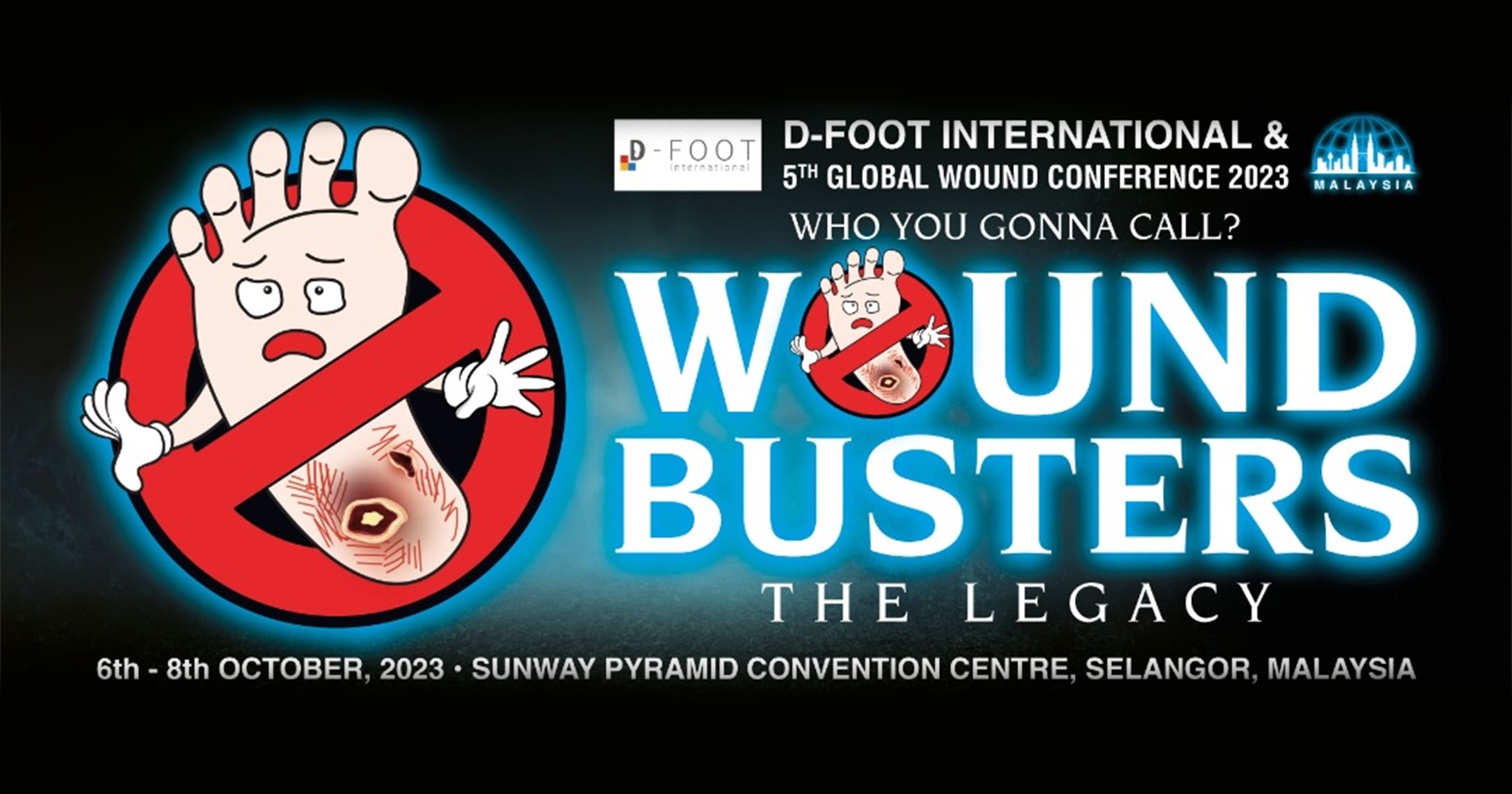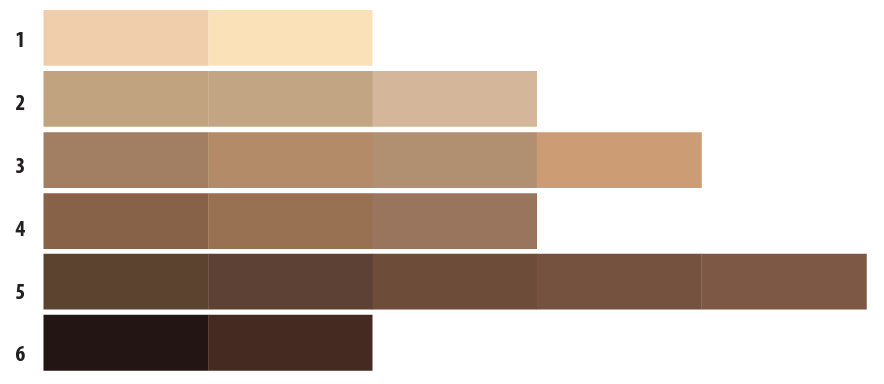Welcome to the latest edition of Wounds Asia, the premier wound management journal of the Asia-Pacific region. Many articles have been submitted, and each one is subjected to peer review before publication. I would like to congratulate the Wounds team for managing the Wounds Asia journal and helping us to share best practice from Asia and, in some cases, beyond.
Wound management is evolving daily at various levels. More adjunctive therapies and modalities are being introduced and practiced at different institutions across the continent. The Asia–Pacific region has 4.7 billion people and a large proportion of that population will suffer from wounds during their lifetime. Diabetes is expected to affect seven million Malaysian adults aged 18 and older by 2025, posing a major public health risk with a prevalence of 31.3% (Institute for Public Health et al, 2020). In addition, a paper titled ‘Diabetic foot ulcer in Malaysia: consensus on treatment patterns, health care utilization and cost’ (Nair et al, 2022) outlined the increasing costs in managing diabetic foot ulcers in Malaysia which are expected to reach RM5000 million per year. The need for adjunct therapies to help speed up the healing process was put forward in that paper. Wikipedia states:
‘Adjuvant therapy, also known as adjunct therapy, adjuvant care or augmentation therapy, is a therapy that is given in addition to the primary or initial therapy to maximise its effectiveness‘.
This issue features a case series on the use of novel creams and photo biomodulation, as well as low level laser therapy as an adjunct to stimulate healing.
There are limited high-level, robust studies on adjunctive therapies due to the cost factor that hinders industries from embarking on huge research trials. Time also plays a significant role, as many of these companies are start-ups in need of funding.
However, Shirley Wang (2020) emphasised the significance of real-world evidence. The clinical experience and expertise of wound care professionals are of paramount importance. Hence, we strongly urge all healthcare professionals to try out new products, medical devices and modalities. By doing so, industries can leverage the clinicians expertise and knowledge to conduct thorough evaluations.
Biotherapies such as maggot or larval therapy are also gaining traction in the Asia–Pacific region. The Indian subcontinent, Malaysia, South East Asia and China have the option of incorporating traditional and complementary medicine, which encompasses biotherapies like leeches and maggot debridement therapy, among others. Additionally, the discussion will also encompass wound treatments in low-resource settings. This is a very important topic because most low-income and medium-income countries do not have adequate budgets to use advanced wound care products or adjunctive therapies. As a result, these products are efficacious but expensive.
The Commonwealth Wound Care Resource Alliance proposes a valuable suggestion to study the materials used in low-income countries because they are readily available and can be used with minimal cost or strain on these countries’ financial resources. Many of these resources have been used for centuries, however few studies on them have been conducted.
Finally, let me take this opportunity to thank the Editorial board for their continued support. I would also like to express my gratitude to all our readers and the clinicians who continue to contribute and support us with high-quality research publications. Please continue to keep the articles coming.
Take care and God bless.








